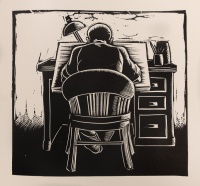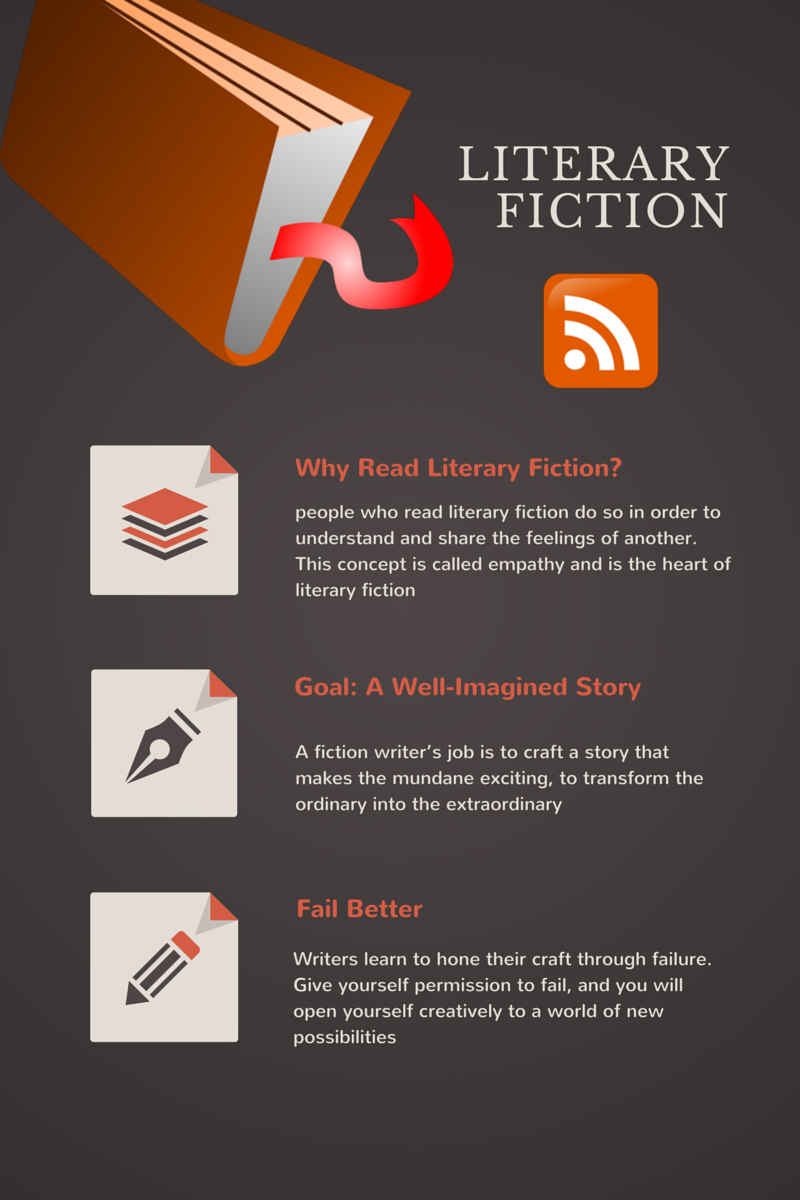Using fiction writing to develop empathy/ Course outline/Learning Pathways
Contents
Reflection
Introduction
The Goal of Literary Fiction: A Well-Imagined Story
What makes a story literary? In his essay “Telling Tails” Tim O’Brien, author ofTheThings They Carriedand winner of the National Book Award, argues “above all, a well-imagined story isorganized around extraordinary human behaviors and unexpected and startling events, which help illuminate the commonplace and the ordinary.” Now, “extraordinary human behaviors” does not refer to the latest action flick plot and “unexpected and startling events” does not mean that you need to include a battle with space pirates. A writer’s job is to craft a story that makes the mundane exciting and transforms the ordinary into the extraordinary. The hard part is you must keep your audience engaged and not bore them, making certain that any detail you include in the story adds to the significance of the narrative. Maybe you have written a time traveling werewolf love story that you think is great, but take a moment to ask yourself what makes the story significant. Time travel? Lycanthropes? Literary fiction can contain many elements of other genres, even science fiction and fantasy; however, if those details are not necessary for your audience to understand the story or gain empathy, then they most likely don’t belong in your story.
The Freedom to Fail Better
In high school, the five-paragraph essay was given to students as a structure for their essays, but in writing literary fiction, there is no single model or method for composing a story. Often, newer writers feel overwhelmed by this notion, and search for proven formulas when beginning their writing. You, as a new writer, might be feeling a similar frustration. In fact, it is not uncommon for a student to approach a creative writing professor and ask, “What do you want from me?” Many students are often shocked when their professor offers them a bewildering response: give me a story. Let us take a moment to discuss what “give me a story” means. There is no single correct way to write a story, likewise, there is no singular way to read a story. There is, however,yourway of writing a story that makes it unique to you. Remember, your goal as a writer of literary fiction is to compose a well-imagined world, one that expands your audience’s understanding of empathy. You will learn how to do this as all writers do, through failure. Writing fiction is the same as any other learned activity, even something as simple as riding a bike. Each time you fell as you learned that skill, you came a little closer to learning how to ride. Writers live by Samuel Beckett’s famous motto: “Ever tried. Ever failed. No matter. Try again. Fail again. Fail better,” calls for writers to hone their craft through failure. Give yourself permission to fail, and you will open yourself creatively to a world of new possibilities.
Readings
Missouri Review'sTextBOX



